

First published in 2014 by
Birlinn Limited
West Newington House
10 Newington Road
Edinburgh
EH9 1QS
www.birlinn.co.uk
Text and artwork copyright Nikki Welch 2014
The WineTubeMap is a registered trademark. All rights reserved.
The moral right of Nikki Welch to be identified as the author of this work has been asserted by her in accordance with the Copyright, Designs and Patents Act 1988.
All rights reserved. No part of this publication may be reproduced, stored or transmitted in any form without the express written permission of the publisher.
ISBN: 978 1 78027 144 6
eBook ISBN: 978 0 85790 837 7
British Library Cataloguing-in-Publication Data
A catalogue record for this book is available from the British Library
Designed and typeset by Mark Blackadder
Printed and bound by Livonia, Latvia

Introduction
When I first decided I wanted to work in the wine world, I had no real idea what that would entail I just liked wine.
Having lived abroad, in France and Spain, I had acquired a taste for a glass of something nice with my lunch or dinner and I wanted to find out more. I very quickly realised that, apart from red, white, ros or sparkling, I knew nothing about the names, flavours and history of wines, and so I quickly applied myself to learning everything I could by tasting as much as I could.
What amazed me was how little it took for me to be able to tell the difference between wines to spot a Viognier from a Sauvignon Blanc without any real technical knowledge. I was impressing my friends, family and myself with my new-found knowledge, and all I had done was tasted a few wines!
This book is my attempt to share that feeling of discovery and potential that wine offers without getting bogged down in the detail. Its easy to be put off trying new wines by the sheer volume of bottles on the shelf or on a restaurants wine list. This book will help you discover some new favourites.
Glossary
 Style of wine
Style of wine
Some wines fall together in logical categories. For example, a certain style of wine that is common to many regions and shares techniques of production (Pink Fizz, for example), a name for a technique of winemaking which is used across the world and gives the wine a certain style (like Traditional Method), or a term used for a specific type of wine which technically means something different (like Moscato).
 Grape type
Grape type
Most of the grapes used in making wine are different varieties from the same grape family. These days it has become more common to list the name of the grape or grapes in a wine on the label, whereas before the label was more likely to feature the region and/or appellation (see Official name below).
The flavour and style of a wine made from a certain grape can change dramatically depending on the climate, the soil and the winemaking techniques, although you can almost always taste the family resemblance.
 Geographical region
Geographical region
For a number of reasons, the region where a wine is made can have a huge impact on its style. The landscape and climate will influence the flavour and texture of a wine. However, the regions highlighted on the WineTubeMap tend to reflect the historical style of the wines made there, with more focus on the grapes and techniques used. Within that region there will be a number of different wines, but they will share similarities.
 Official name
Official name
One of the most confusing things about wine is that it can be named in so many ways. In Europe the names and styles of many local wines are protected by legislation known as appellations. For any appellation there is a set of rules defining the relevant grape variety, geographical boundaries, type of vineyard management and winemaking techniques. If you see AOC (French), DOC or DOCG (Italian), DO (Spanish), DOCP (Portuguese) or QbA or QmP (German) on a label it refers to the appellation. Sadly it doesnt always guarantee quality.
The WineTubeMap
Im assuming the very fact youve got this book means you want to discover more about wines, albeit for one of many reasons. Maybe its just for the pleasure of knowing more about wine, or to make sure youre getting the best value for money when shopping. Or maybe its to make choosing a wine less daunting when youre in a restaurant with your friends, boss or potential new love interest. It might also be to enhance your flourishing culinary skills. Most likely its a mixture of all these things.
Whatever the case, there are a number of options available to you. Either you can go and learn about wine (and there are a plethora of beginner courses out there) by learning how its made and then taking some time to discover the regions, or you can try to teach yourself by taking every available opportunity to taste different wines and finding out more as you go. The problem with the former is that it can take a lot of time and effort, and the problem with the latter is that there are so many wines out there that it can be virtually impossible to know where to start!
After tasting wine with hundreds of people at events, and with all my friends and family asking me questions about what they should be trying, I realised that what people wanted most of all was a recommendation along the lines of if you like that, you should try this... And so I, with a lot of help and input from others, have put together the biggest wine recommender I could. The idea is that you can start off with a wine you knowand like and then move one step in a number of directions to something similar but a bit different, and then take another step each time, knowing that youre not going to be drinking wine a million miles away from where you started. You can also move gradually from red to white, oaked to unoaked, still to sparkling.
I ended up with a kind of tube map a set of lines, defined mostly by flavour, which interlink at certain points. On these lines are stations, each of which represent a type of wine, be it a grape, an appellation or a style. Some of the stations are straightforward; others are like busy interchanges where you could head off in a number of different directions.
Of course, every wine is unique and the same grape from different climates, winemakers and vintages can taste completely different. Where there is a big change of style from region to region Ive tried to break them down, but sometimes it makes sense for them to be grouped together and in those cases Ive highlighted some of the major styles.
Its worth noting that Ive not just stuck to grape types: for some areas it is easy to do, but for others the name of the appellation or even a broader category seemed more appropriate, in the pursuit of something useable and relevant. So, for example, Pink Fizz became a category to encompass sparkling ros wines from all over the world.
I hope you can use the WineTubeMap and head off on your own voyage of discovery. However, if you need some guidance and help along the way, there are descriptions of each of the stations and lines, as well as some highly recommended routes. The book is laid out with an introduction to each line and then all the stations are grouped together so you can see them in context. Each station entry includes some information about the wines, plus top tips and ideas for food matches.

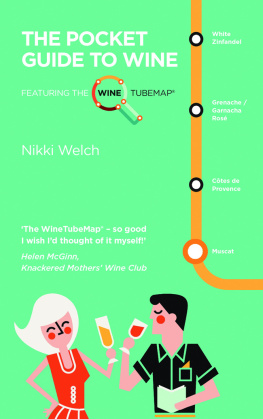
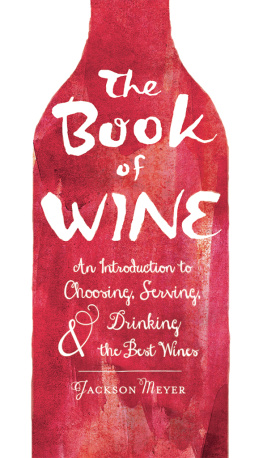
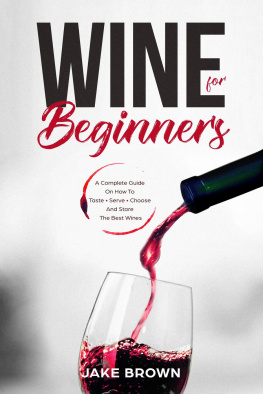
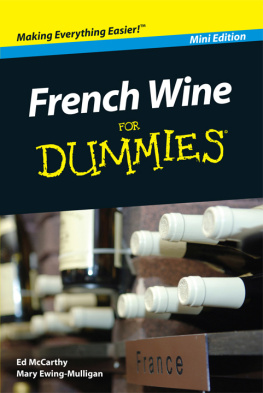



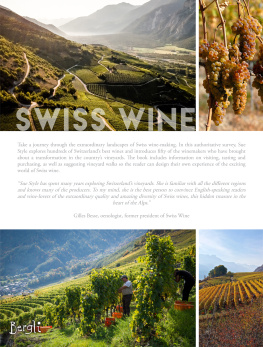
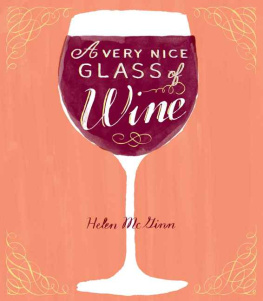
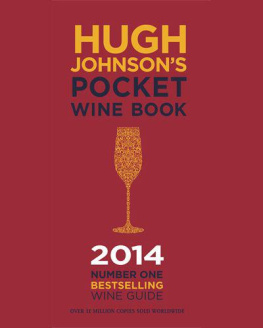

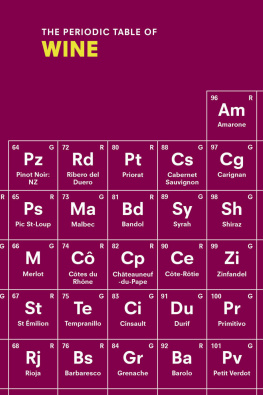
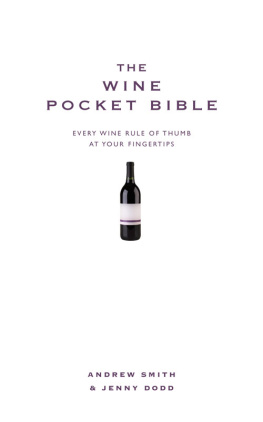




 Style of wine
Style of wine Grape type
Grape type Geographical region
Geographical region Official name
Official name